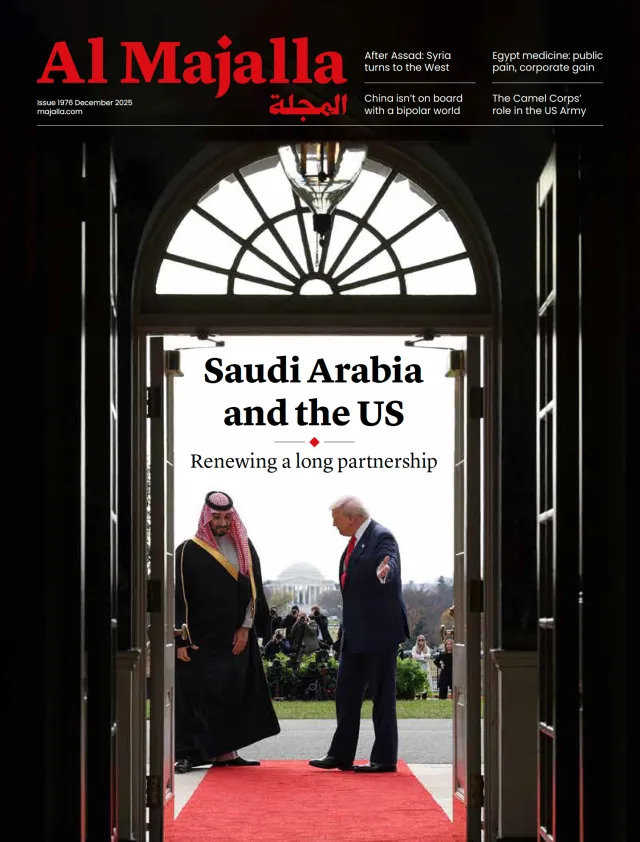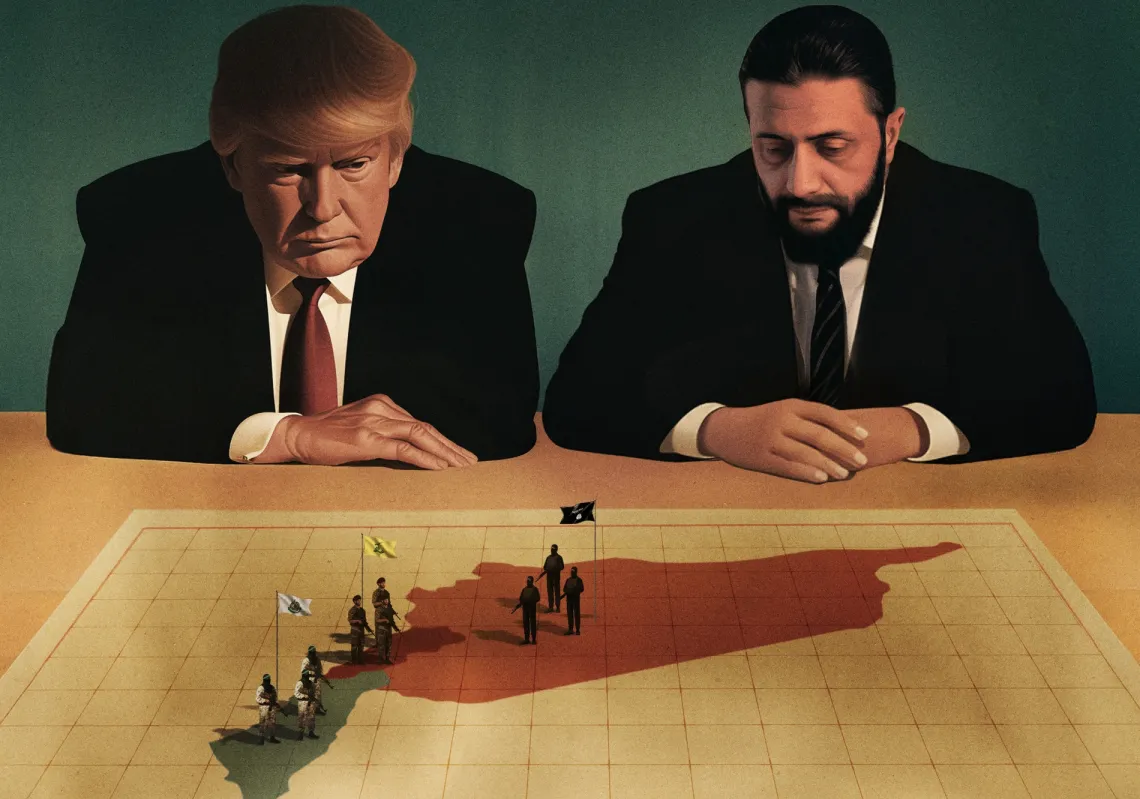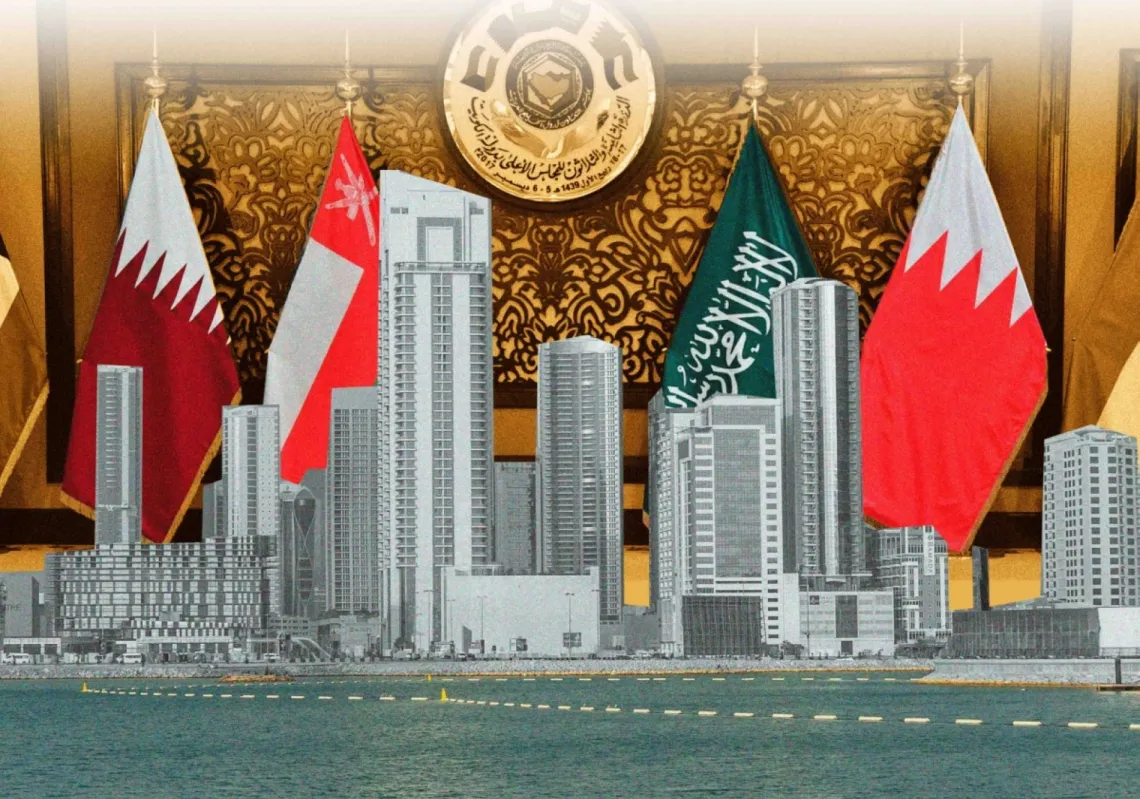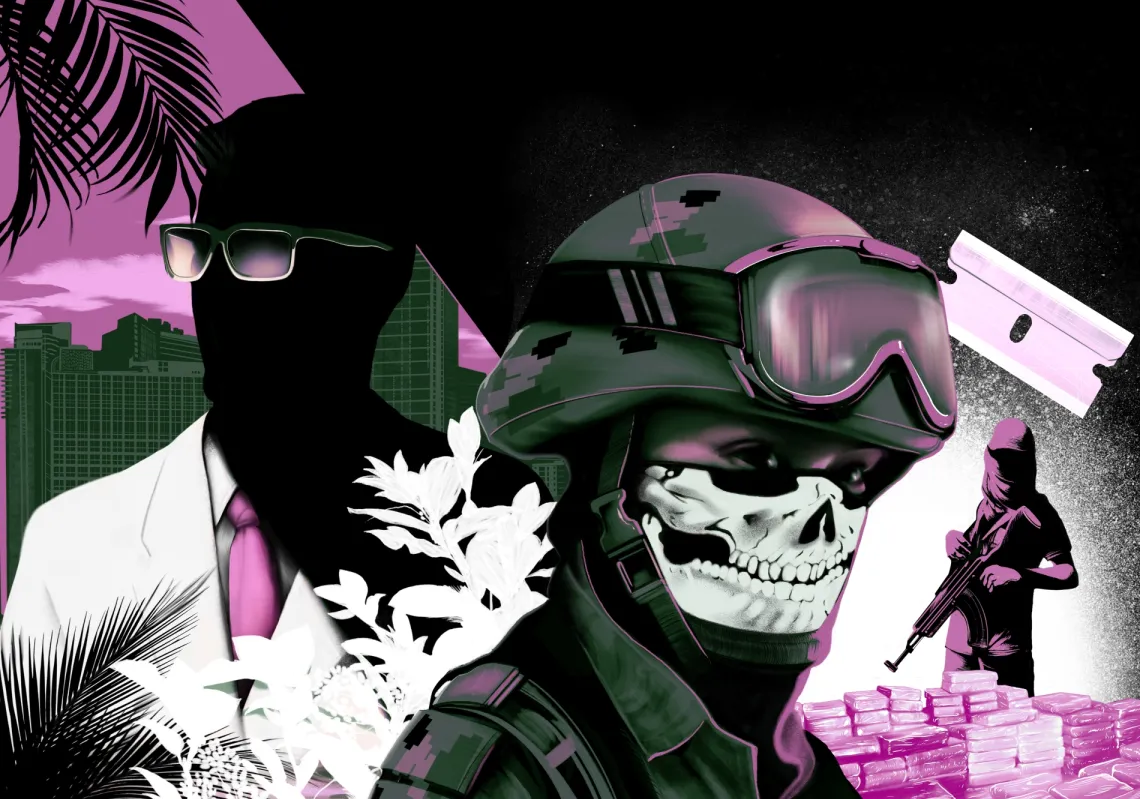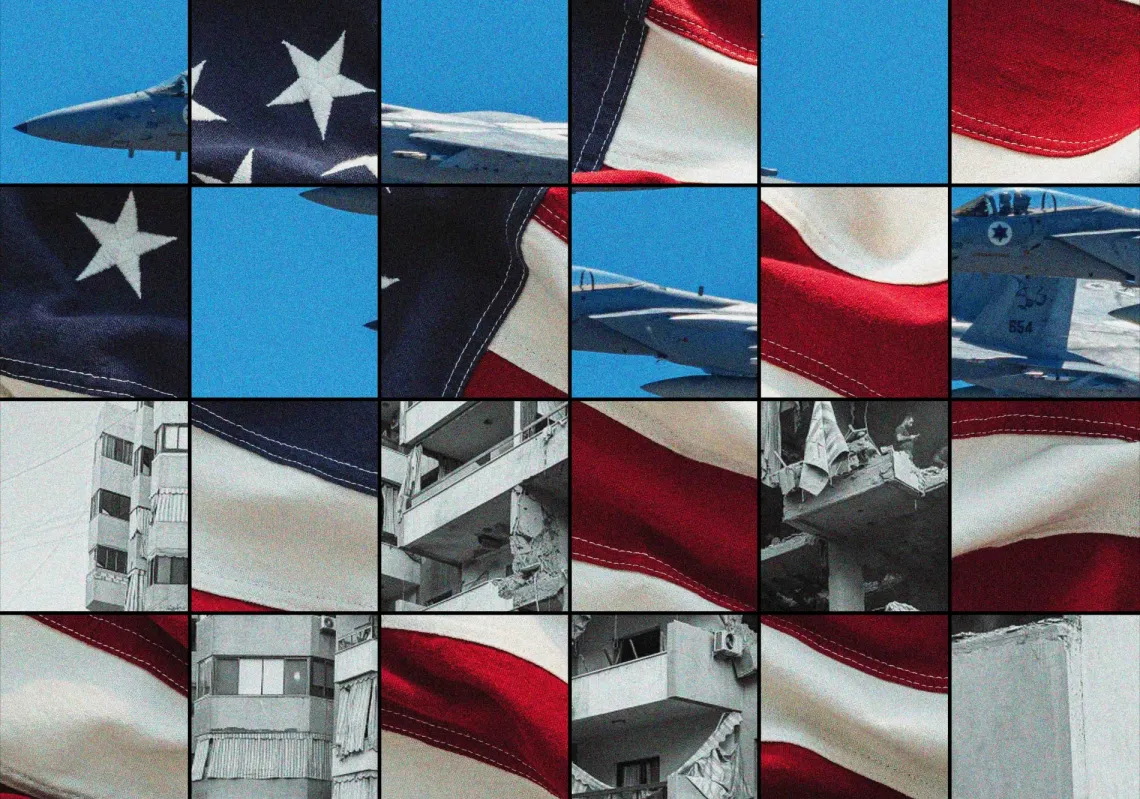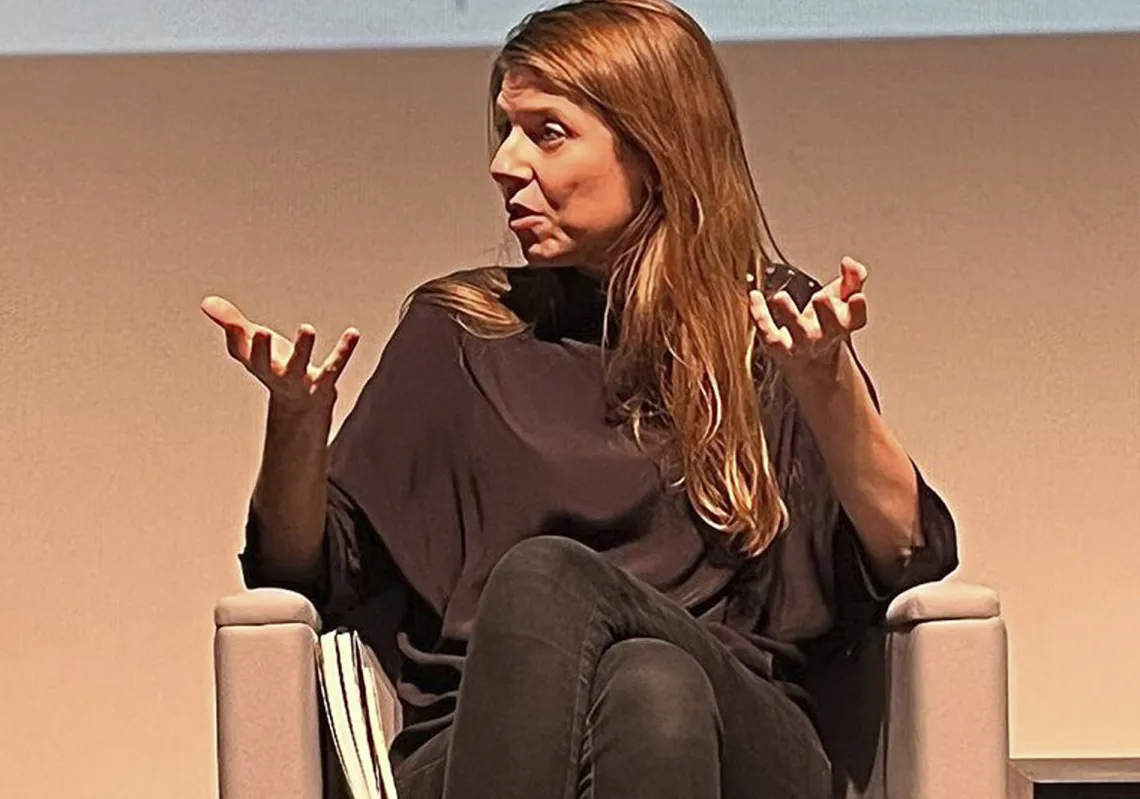For years, Syria has been controlled by a patchwork of armed groups. Until December 2024, this included the national army. With the fall of Bashar al-Assad’s regime, however, the army melted away, and the map now looks very different.
The alliance of anti-Assad factions that came together to remove the former president from power is called the Military Operations Command (MOC). Led by Hay'at Tahrir al-Sham (HTS), today, it controls just over 60% of Syrian territory.
The Kurdish-majority Syrian Democratic Forces (SDF) retain a hold over the north-east, while the Türkiye-backed Syrian National Army (SNA) retains its positions in the north, and smaller groups still operate in the Southern Provinces of Daraa, Sweida, as well as the Tanf region in the south-east.
The HTS-led interim government has called for the consolidation of all armed factions into a unified military force under the Ministry of Defence. Naturally, several do not want to relinquish autonomy, power, or weapons. Yet, for now, many are at least engaging in a process.
At a conference in Damascus on 29 January, most factions were represented. The two big exceptions were the Kurdish-led SDF and the Druze-led groups based in Sweida. The event confirmed the appointment of HTS leader Ahmad al-Sharaa as Syria’s interim president. He knows that bringing the militias to heel will not be easy. Here, Al Majalla looks at Syria’s main armed factions.
The Syrian National Army (SNA)
Established in 2017 with Turkish support, the SNA comprises multiple factions opposed to the Assad regime. Its primary goal was to unify all Syrian opposition factions under a single command, hence its name. SNA fighters have fought both Islamic State (IS) jihadists and the SDF forces in Afrin, Ras al-Ayn, and Tal Abyad.
Although accurate figures are hard to ascertain, the SNA is believed to count around 29,000 fighters. It operates under the organisational framework of the Ministry of Defence, led by Brig. Gen. Hassan Hamada is structured into three main corps.

The First Corps, led by Brig. Gen. Moataz Raslan has around 9,000 fighters across northern Aleppo, Afrin, Ras al-Ayn, Tal Abyad, Jarablus, and al-Bab. The Second Corps, led by Fahim Issa, has around 14,000 fighters deployed in al-Rai, Afrin, al-Bab, and Ras al-Ayn. The Third Corps, led by Azzam al-Gharib, has around 6,000 fighters in Azaz, al-Bab, and Marea in northern Aleppo province.
The National Liberation Front (NLF)
Established in May 2018 through the merger of 11 opposition groups in northwestern Syria, the NLF is nominally affiliated with the SNA. With around 25,000 fighters stationed in Idlib province and western Aleppo countryside, it is led by Col. Fadlallah al-Haji from Faylaq al-Sham, while Maj. Mohammad Mansour from Jaysh al-Nasr is chief of staff. Like the SNA, it seems ready to integrate into a national army.
Hay’at Tahrir al-Sham (HTS)
HTS was formed in January 2017 through the merger of several factions, including Fatah al-Sham, the Nour al-Din Zinki Movement (which later withdrew), Ansar al-Din Front, and Liwa al-Haqq. HTS and its allies established control over north-western Syria, creating a civilian administration known as the Salvation Government.
During the ceasefire period from 2020-24, HTS expanded its military capabilities by forming 18 combat brigades. In alliance with factions such as the Turkistan Islamic Party, Ajnad al-Kavkaz, Ansar al-Tawhid, Jaysh al-Izza, Suqour al-Sham, and Ahrar al-Sham, HTS spearheaded the operation that successfully removed Assad.
HTS and its allies appear to be among the most disciplined of Syria’s factions and the most committed to dissolving into the Ministry of Defence. Several HTS commanders have already been given roles in the interim government.
Syrian Democratic Forces (SDF)
The SDF was established in late 2015 in the city of Qamishli, located in Al-Hasakah Province, a border region in northern Syria with a Kurdish-majority population. This area has served as its base for the past decade.
From its inception, the SDF has been directly supported by the United States as they worked together to defeat IS. In March 2017, the US Department of Defence estimated that the SDF was 40% Kurdish and 60% Arab. Other sources put the Arab fighting figures as lower. It is widely acknowledged that the SDF leadership is predominantly Kurdish.

